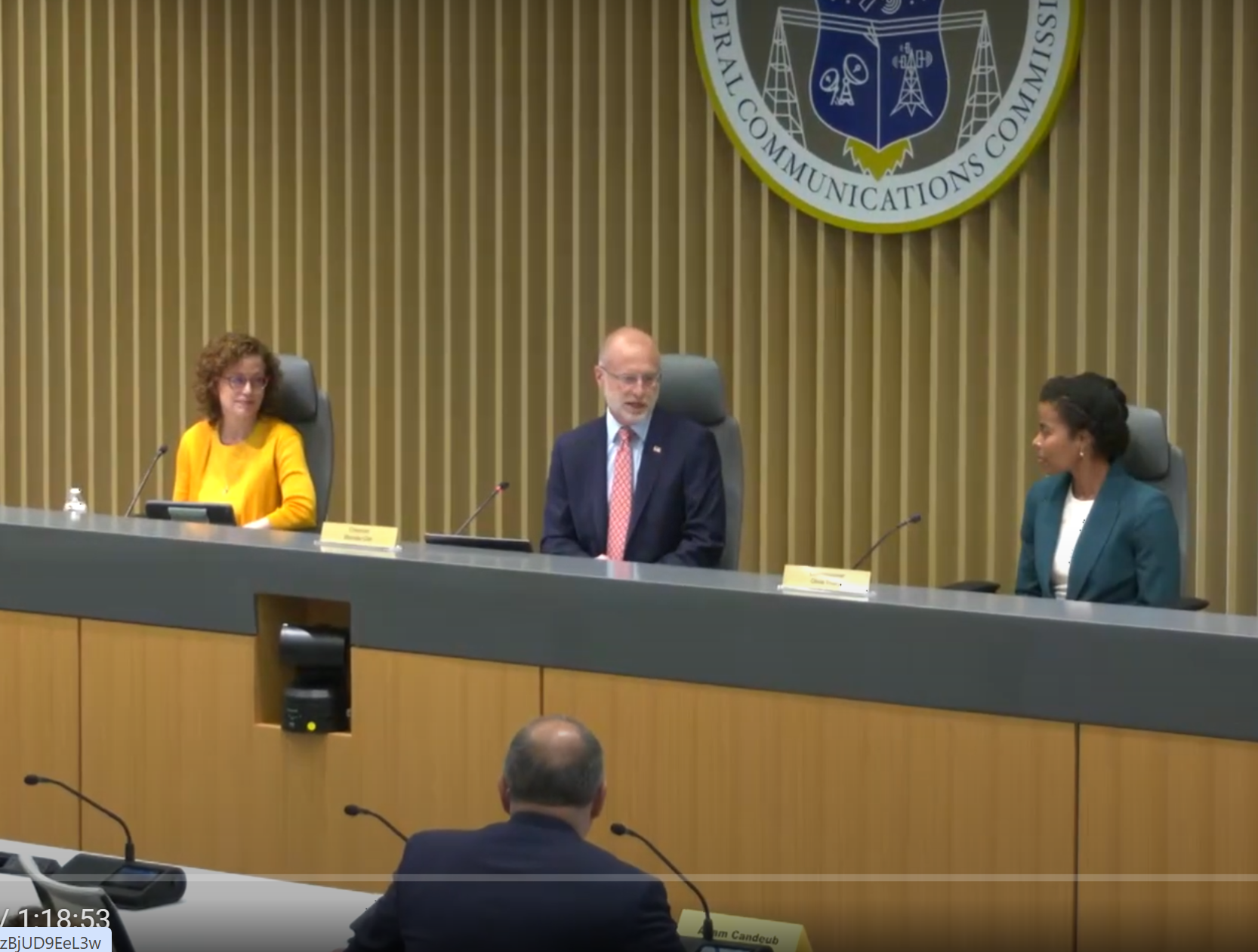MC Audio Monitoring Made Uneasy
Until the DTV transition began, monitoring “off-air” audio in a television station’s master control was fairly straightforward.
This has now changed from keeping tabs of just one fulltime audio feed to evaluating multiple audio streams.
As analog viewers still dominate, it’s especially important to keep track of the audio associated with the analog transmitter feed. If a second fulltime monitoring station is added for the digital feed, an unpleasant echo effect surfaces due to latency issues. This is not going to go away until the transition is completed and broadcasters back to one primary program transmission. However, it’s still important to keep tabs on the audio for both paths, but this can be a bit overwhelming to a single operator MC setup.
Some operations have yet additional audio signals to monitor from programming placed on the ancillary digital channels. These can’t really be neglected either.
One solution is to equip your master control with an appropriate number of silence detectors. Secondary audio monitor feeds can be tied to these.
Each of the silence detectors can alert the MC operator to an audio outage by actuating strobes in their work area. The silence detectors have front panel alarms, as well as contact closures for external alarm and reset purposes. In addition, the length of audio silence required to actuate an alarm is programmable.
As the balance of digital vs. analog viewers shifts, changes can be made accordingly into what circuits are connected to the silence detector inputs and those of the monitor amplifier.
The professional video industry's #1 source for news, trends and product and tech information. Sign up below.
